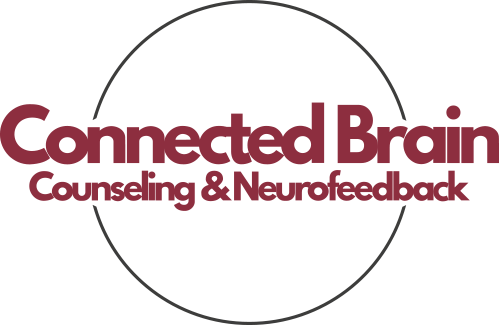Understanding School Anxiety
Anxiety at school often manifests through various symptoms, including:
- Physical Symptoms These can include a racing heart, sweating, shaking, and nausea. Physical symptoms often accompany the feeling of being overwhelmed or stressed.
- Emotional Symptoms Emotional symptoms may include feelings of dread, excessive worry, and irritability. Students may also experience a sense of impending doom or fear of negative evaluation.
- Behavioral Symptoms Behavioral symptoms can manifest as avoidance of school activities, procrastination, or trouble concentrating. These behaviors are often a way of coping with anxiety but can further impact academic performance and social interactions.
Effective Strategies to Calm Down Anxiety
- Practice Deep Breathing exercises can help calm the nervous system and reduce feelings of anxiety. Encourage students to take slow, deep breaths, inhaling through the nose and exhaling through the mouth. Techniques such as the 4-7-8 breathing method can be particularly effective.
- Establish a Routine Creating a structured routine can provide a sense of stability and predictability, which can help alleviate anxiety. Having a consistent schedule for studying, relaxation, and sleep can help manage stress levels.
- Utilize Relaxation Techniques such as progressive muscle relaxation, meditation, and mindfulness can help students manage anxiety. Regular practice of these techniques can reduce overall stress and improve emotional regulation.
- Seek Support Talking to a counselor, teacher, or trusted adult can provide relief and support. Students should be encouraged to express their feelings and seek help when needed. School counselors can offer guidance and resources to manage anxiety effectively.
- Engage in Physical Activity Regular physical activity is known to reduce anxiety and improve mood. Encouraging students to participate in sports, exercise, or outdoor activities can help manage stress and improve overall well-being.
- Stay Organized Keeping track of assignments, deadlines, and responsibilities can reduce anxiety related to academic performance. Using planners or digital tools to manage tasks can help students stay organized and feel more in control.
- Develop Coping Skills Teaching students effective coping skills, such as problem-solving and positive self-talk, can help them handle anxiety more constructively. Encouraging them to focus on their strengths and achievements can boost self-confidence.
- Limit Caffeine and Sugar Intake Excessive consumption of caffeine and sugar can exacerbate anxiety symptoms. Encouraging a balanced diet with adequate nutrition can help maintain emotional stability.
- American Psychological Association. (2021). Managing Anxiety in Children and Adolescents. This resource offers strategies for managing anxiety and understanding its impact on young people. Read more at APA.
- National Institute of Mental Health. (2023). Anxiety Disorders. The NIMH provides comprehensive information on different types of anxiety disorders and effective treatment options. Learn more at NIMH.
- Robinson, J. (2015). Mindfulness for Teen Anxiety: A Workbook for Overcoming Anxiety at School and Beyond. A practical guide for teens dealing with anxiety, offering mindfulness and relaxation techniques. Find it here.
If you’re struggling with anxiety at school, don’t hesitate to reach out for support. Contact Connected Brain Counseling today for a free consultation. Our experienced therapists can provide personalized strategies and tools to help you manage anxiety and succeed academically.





